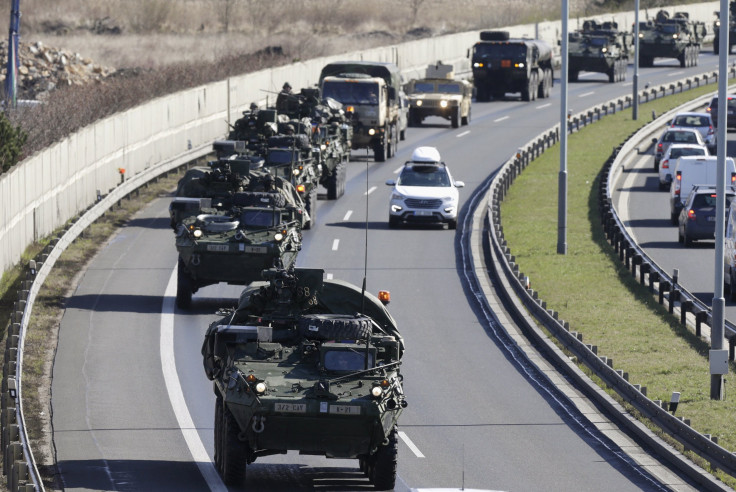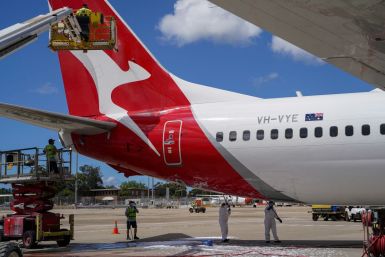NATO Conducts Exercise in Netherlands, Czech Republic to Test Rapid Response of VJTF Reactions Forces

NATO, which has been continuously monitoring the changed security environment in Europe amid continued threats and posturings from Russia, has just undertaken a military drill to test just how fast and quick reaction forces under the Very High Joint Readiness Task Force or VJTF, could deploy and assemble. The first military drill, held in both the Czech Republic and the Netherlands, involved 1,500 NATO troops from 11 member states.
Initially, the alliance mandated that its rapid reaction force must be able to respond within five to seven days in the event any geo-political threat arises in the region. But its leaders thought the timeline was too long and that it gives the enemy too much freedom to create chaos and destabilisation in its chosen target.
In September 2014, leaders of the Western military alliance decided to shorten the response time to 48 hours. It moved to test this timeline from April 7-9.
Polish Colonel Mariusz Lewicki, a top NATO military planner, told Reuters the Dutch and Czech units, upon receiving orders on Tuesday to deploy, immediately recalled their soldiers to base. Their respective lead troops were told to get ready “in as little as eight hours.”
Captain Rob Morsink, from the Dutch 11th Air Manoeuvre Brigade, said they managed to adhere to the rigid 2-day timeline. "We basically confirmed that that's not an issue at all. We are able to get everybody processed and supplied to be on the airplane within 48 hours.”
#NATO has started testing its new spearhead force http://t.co/3OVqnvQyJ1 #VJTF pic.twitter.com/JiNQEXE2UH
- NATO (@NATO) April 7, 2015Brigadier-General Kees Matthijssen admitted to AFP the 48-hour leadtime was a tight one "but that is necessary." The fast deployment likewise monitored that equipment and vehicles were also included.
AFP reports army vehicles were loaded onto trains by Czech troops under the heat of the sun. “Other units at the Pardubice airport near Chrudim boarded a CASA military aircraft simulating take-off preparations.”
The VJTF is composed of 5,000 troops -- maritime, special operations and aviation units -- that will mainly come from France, Germany, Italy, Poland and Spain. They are the ones first deployed to counter geo-political attacks in the region. Their deployment also meant giving the rest of NATO’s 30,000 strong response service member time to mobilise. The exercise they just recently finished was dubbed “Noble Jump.”
The Washington Post reports the “Noble Jump” exercises will be replicated June 9 to 20 at the Zagan Military Training Area in Poland. It will be followed by a military exercise in Italy, Spain and Portugal called Trident Juncture 2015 from Oct 21 to Nov 6.
To report problems or to leave feedback about this article, email: e.misa@ibtimes.com.au






